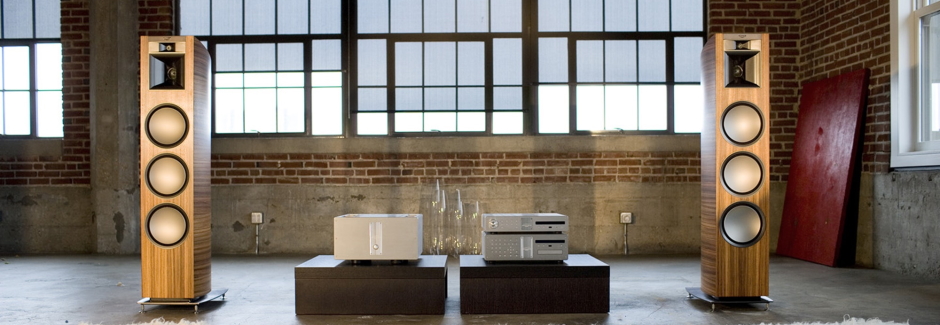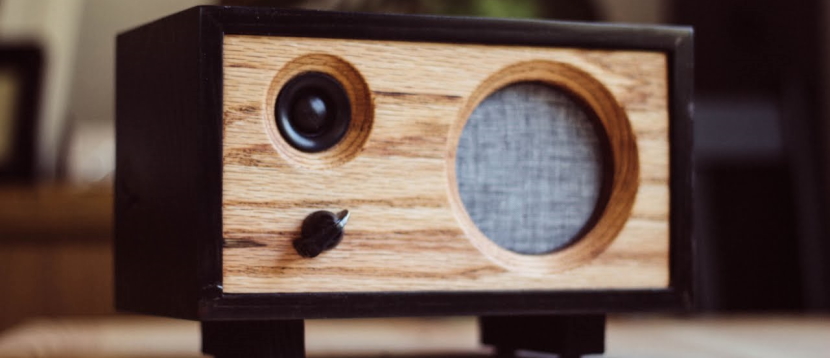Building a speaker box is the first step to creating your sound system. The design of the speaker box can be as simple or as complicated as you want it to be, but some guidelines will help you get started.
Do you love to listen to music on a speaker? Do you have a favorite song that always makes you smile when it comes on? If so, then this blog post is for you! I’m going to show you how easy it is to build your speaker box. Building your speaker box can be more affordable and convenient than buying one from the store, whether as an addition or a replacement for an existing one. So follow along with me as I demonstrate how to make a simple wood box out of scrap materials from around the house.

Pick speaker-building materials
The size of the speaker box should depend on what type of speakers are being used. If they are larger, the space inside should also be larger so they can move around freely. Smaller speakers need less space. When planning which woods to use for construction, consider these factors: density and durability, grain orientation and strength/flexibility, coloration, and weight. Tapered cuts take more time than straight cuts because each one has to fit into place perfectly fit.
Woods are an essential consideration when building a speaker box. If you want to build a high-quality speaker box, the wood should be chosen carefully and in accordance with sound quality requirements. A poorly chosen wood can also result in expensive repairs later down the line, which no one wants to deal with.
Here has brought up some great points about choosing woods for speaker boxes! You may think it sounds like an easy task, but if you don’t do your research, it could end up costing you more money than necessary or not providing the desired results.

Wood for speaker enclosure
Knowing that there are many different types of woods to choose from for speaker boxes, it is important to know the pros and cons of each type.
- Plywood: One disadvantage is that this can be difficult to work with because it tends to split. The other downside is that plywood does not resonate well; this means sound escapes quickly and makes it difficult for low sounds (bass) to travel.
- MDF: This wood does not resonate as much as plywood but still resonates more than particle board or chipboard. Another advantage worth mentioning about MDF is that you don’t need glue when assembling pieces; screws will suffice. Particle Board: This wood features very little resonance, making it perfect if you want something lightweight.
- Cardboard Boxes: You’ll need these boxes for the outer shell of the speaker enclosure as well as some internal bracing (for example, egg cartons).
- Wooden Planks: The planking should be cut into manageable pieces about 2 inches wide and 3 feet long each. They should also be dry because wet wood won’t take glue very well.


